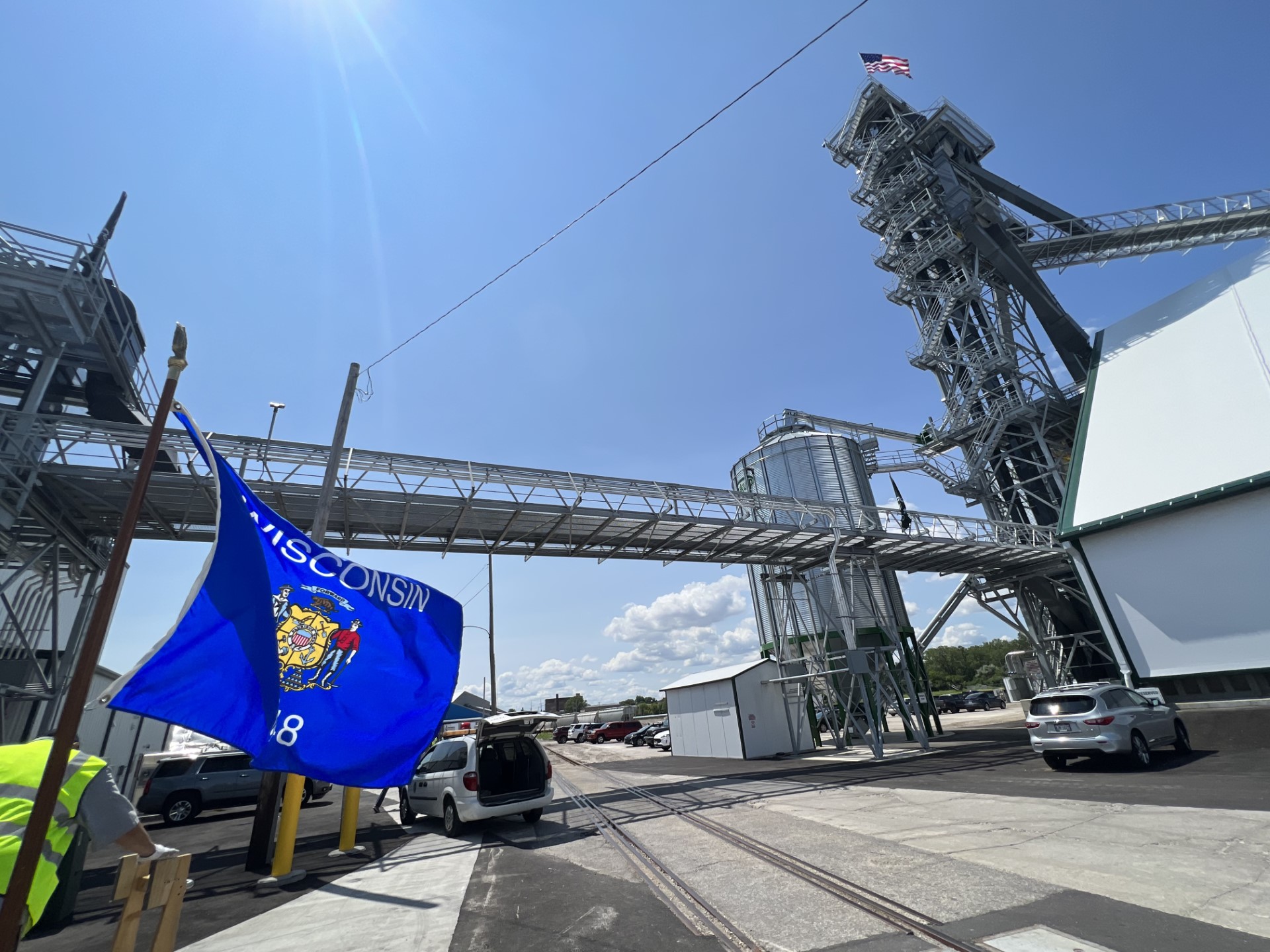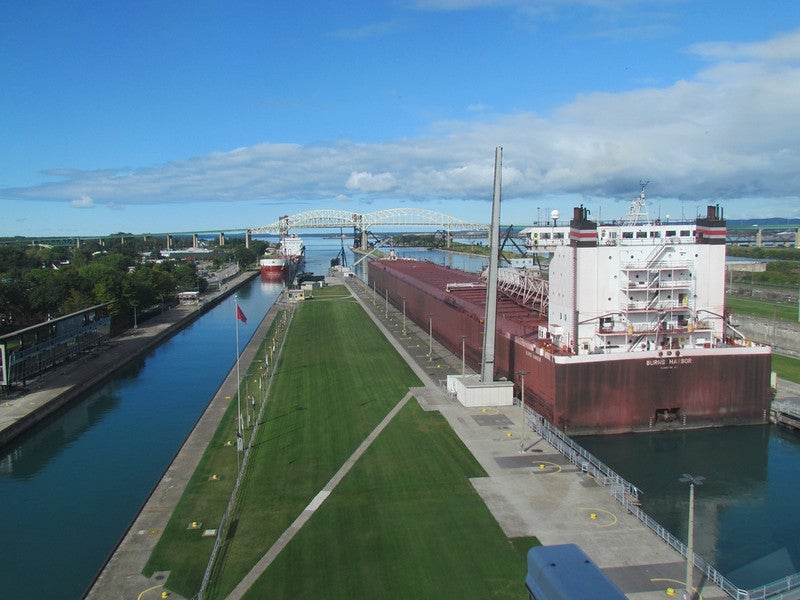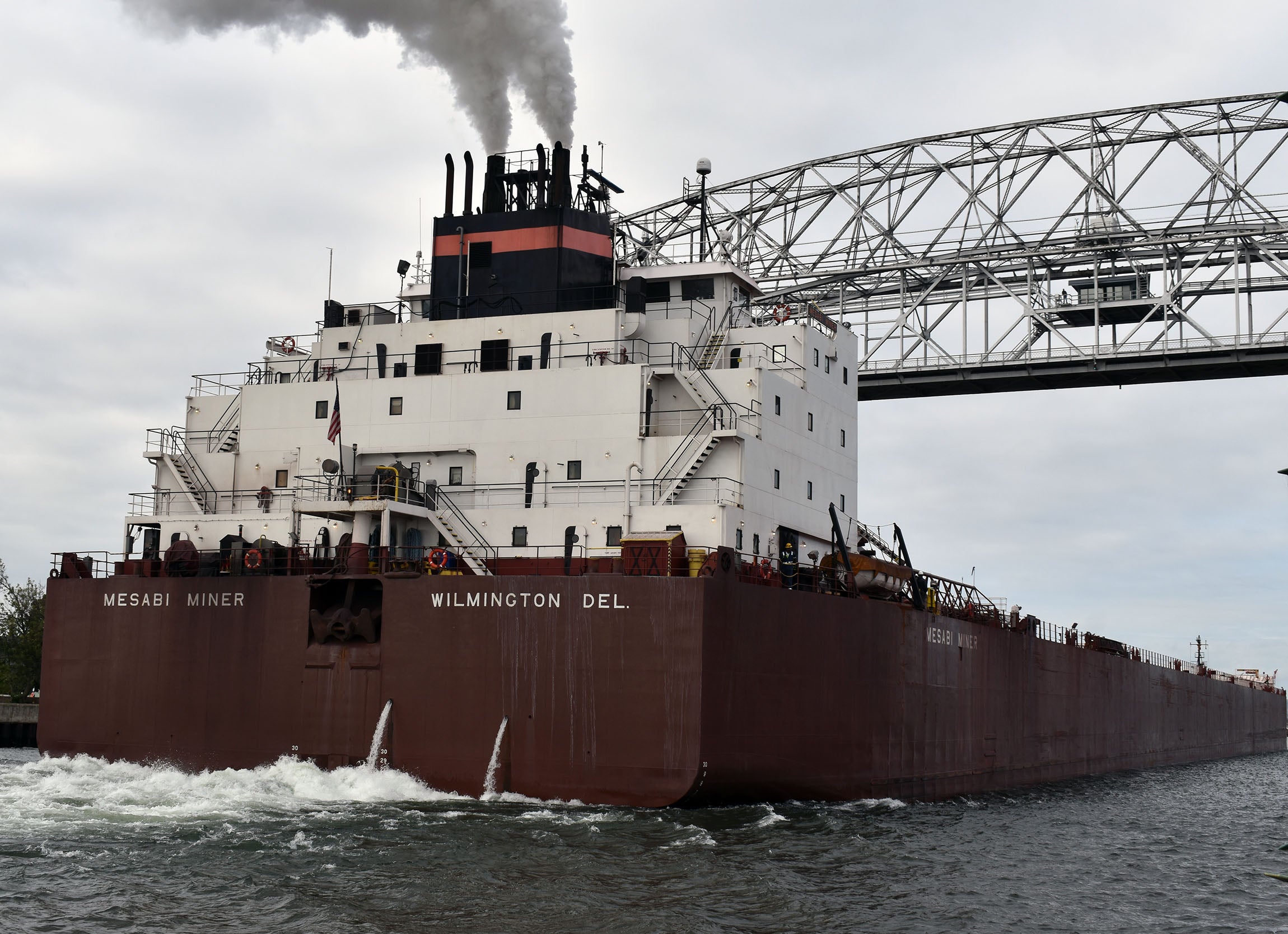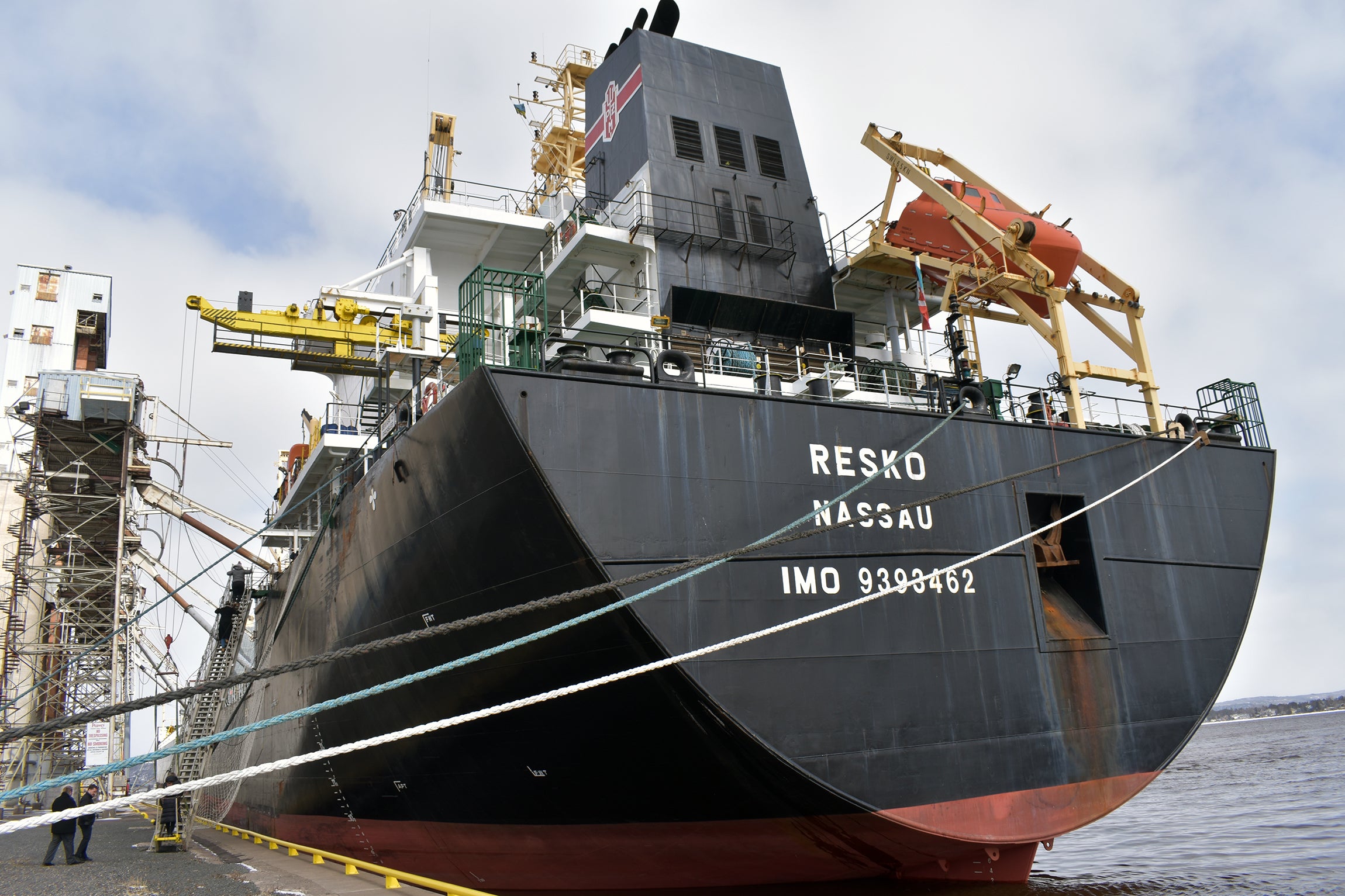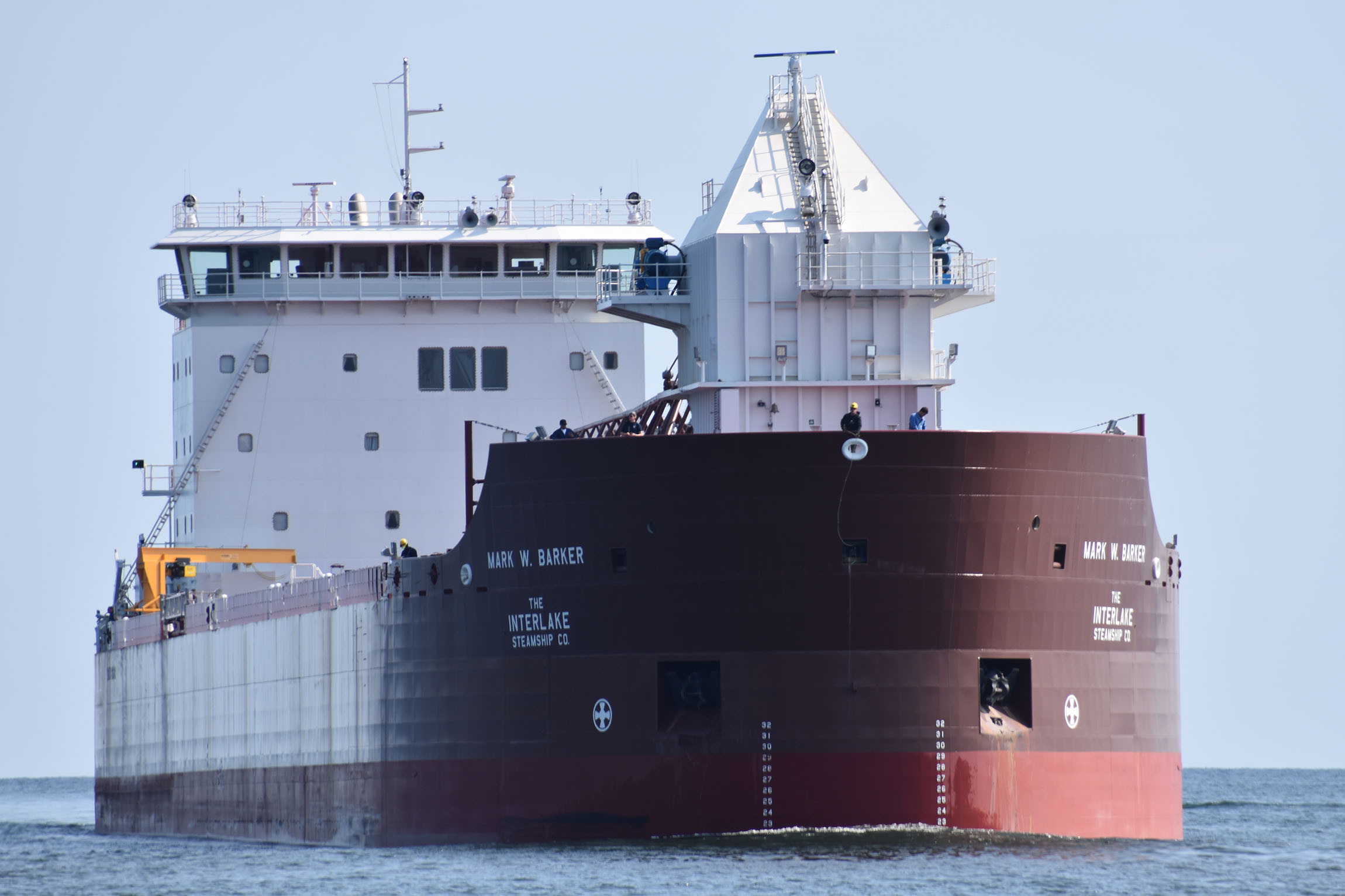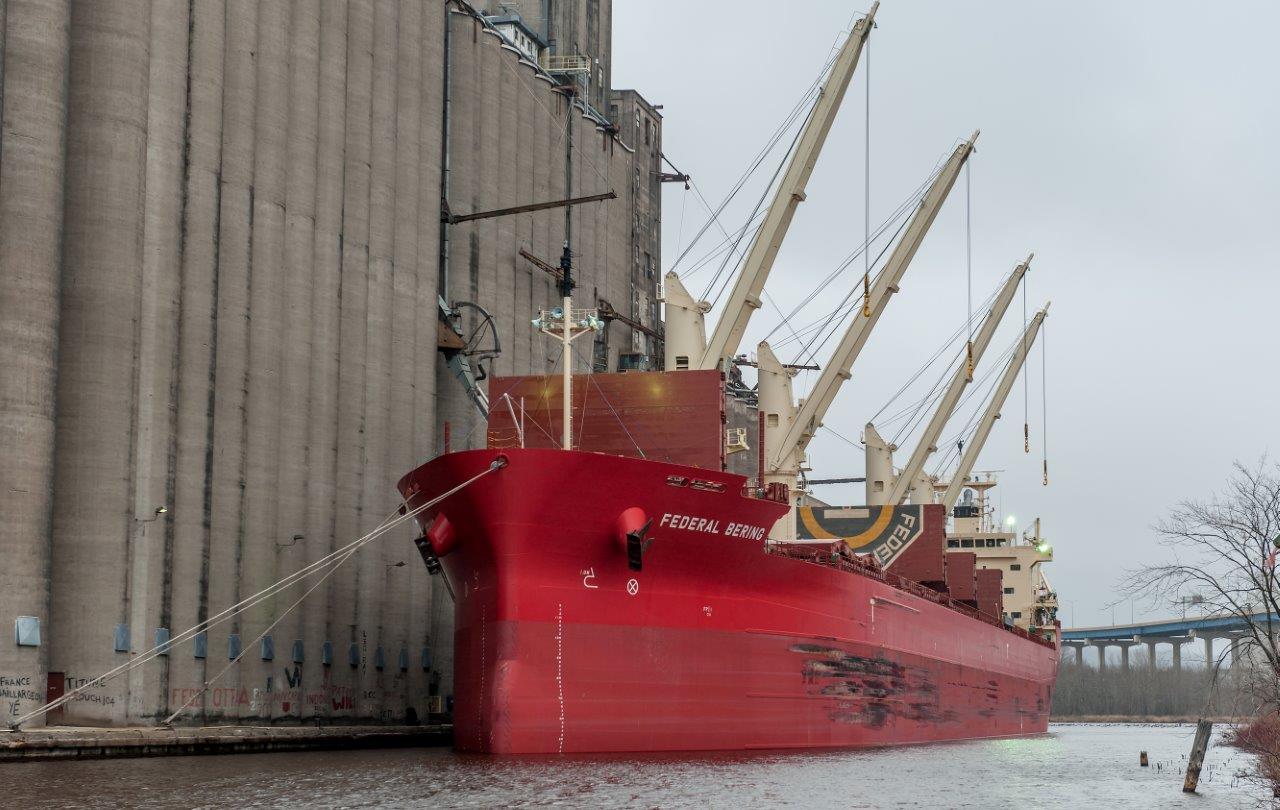The leader of Port Milwaukee is optimistic for its future in tourism and exports, given a recent jump in the number of cruise passengers at the port and growth opportunities with a new $40 million shipping complex.
In partnership with the DeLong Company, the Agricultural Maritime Export Facility opened last month, marking the largest one-time investment in the port since the 1950s, according to Port Milwaukee.
Port Milwaukee Director Jackie Carter said the facility establishes new opportunities for the region to get into international markets.
News with a little more humanity
WPR’s “Wisconsin Today” newsletter keeps you connected to the state you love without feeling overwhelmed. No paywall. No agenda. No corporate filter.
“This year we’re working to build on the momentum,” she said.
During a recent appearance on Wisconsin Public Radio’s “The Morning Show,” Carter discussed the port’s new shipping complex, docking infrastructure and tourism.
The following was edited for brevity and clarity.
Kate Archer Kent: What will the new facility mean for Wisconsin farmers and the agriculture markets?
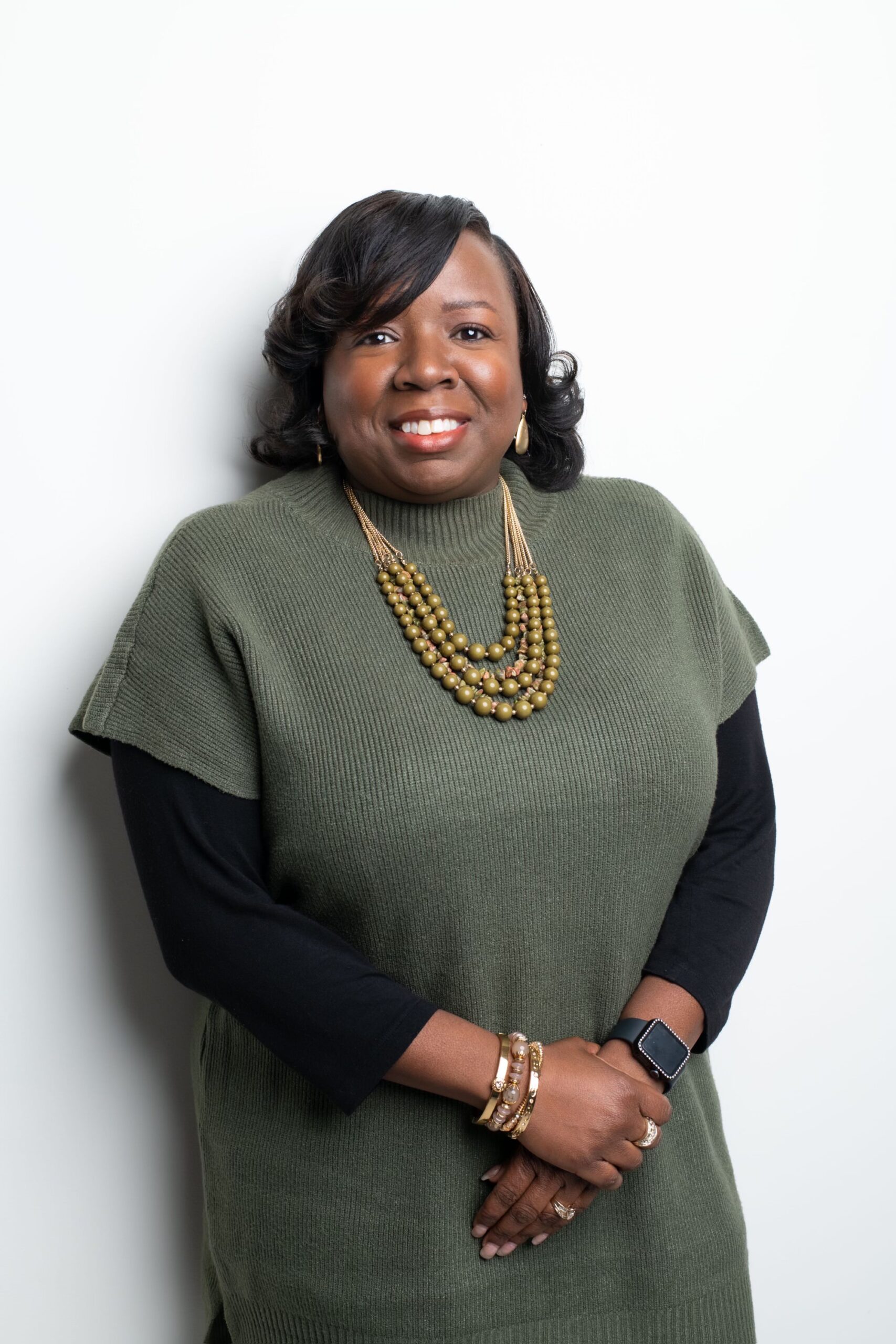
Photo courtesy of Port Milwaukee
Jackie Carter: We’re really excited about the DeLong Company being in a public-private partnership with us to really help move agricultural products through the region out into international markets. Earlier this year, the importance of that facility became even greater because we had a grain facility that’s at the Inner Harbor here at Port Milwaukee — that facility was sold.
Our understanding is that there will not be agricultural products moved through that facility. So that just makes the DeLong facility that much more important because farmers and growers really need a cost-effective way to get their products to market.
What DeLong has planned right now for their initial phase is they’re going to be moving dry distillers grains…which are a byproduct of the ethanol process. They’ll be moving that product out into the international markets, and that’s going to be used as an animal feed.
But there is also the opportunity now to move other types of grain, corn, soy (and) different types of agricultural products. We already have seen some inquiry from some of the growers in the region about possibly using that as a release valve.
KAK: Is it alleviating pressures in the commodities transportation system for farmers in the upper Midwest?
JC: It absolutely is. I’ve been to conferences across the country, and when you talk about the agricultural movements at the federal level, there is room to grow even bigger, produce even more and export even more. As you see the law come online, and you see them expand what they’re able to offer, you’re going to see that those exports are going to increase.
That’s exactly what we want to do at the state level, at the national level. Here at the local level (and) the regional level, we really want to make sure that we have that resource available to the farmers in the area.
KAK: How does Port Milwaukee’s location — being that northernmost point on the Great Lakes that a river barge can navigate — affect port activity?
JC: We know that shipping materials by vessel is one of the safest, most efficient (and) environmentally friendly ways to ship commodities.
Being that point to be able to get commodities up to this part of the country, Port Milwaukee plays a significant role in that.
(The) port is really where all the modes of transportation come together. If you get products here on a barge, we can put them on a truck, or we can put them on railcars and get them to other parts of the country where they may not have water access.

KAK: Walk us through the docking infrastructure, especially for the South Shore Cruise Dock. How does that work?
JC: Right now, we have three different places where we can dock a cruise vessel: Pier Wisconsin, our crews dock right behind the Lake Express ferry where that vessel was parked, and then in our commercial space, our City Heavy Lift Dock. We’re looking to build (the) South Shore Cruise Dock out, which would be the east side of the parcel right behind (the) Lake Express Ferry.
Then, we would move from the commercial space…that is where Viking is currently parking because the ship is so large (and) the depth of water that is required is better there … We’re looking to build out that South Shore Cruise Dock so that we can accommodate the larger ships over there.
READ MORE: Port Milwaukee and DeLong Company open new agricultural export facility
KAK: In May, Port Milwaukee opened the season by docking the first recreational cruise ship of the year. Is the cruise ship economy growing within the port?
JC: We believe that it is. We’ve seen a really big increase. So, 2019 was the last active cruise season we had before the pandemic. We had about 1,000 cruise passengers. In 2022, we had over 13,000. So, there was a big jump. There are new vessels that are entering the Great Lakes. Viking has two vessels, both of which will visit Port Milwaukee this year.
A bunch of different companies (are) bringing expedition cruising through the Great Lakes. Lots of Great Lakes ports are preparing for this business. We do believe that it’s growing, and it’ll continue to be strong. People are really excited about what they can experience on those Great Lakes expeditions.
KAK: What are your goals for expanding the business of the port this year?
JC: Internally, we’re calling this the year that we’re working to build on the momentum…2022 gave us an opportunity not only to reintroduce cruising to this market but also to demonstrate our ability (to support business) through our employees, tenants, customers and different partners in the community.
That means helping them get their commodities from this region out into international markets, but also (it means) helping businesses that might need materials from international spaces get those into the region.
Wisconsin Public Radio, © Copyright 2026, Board of Regents of the University of Wisconsin System and Wisconsin Educational Communications Board.

